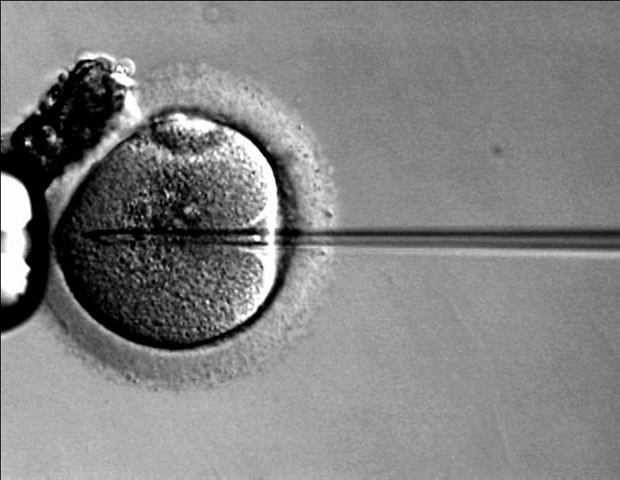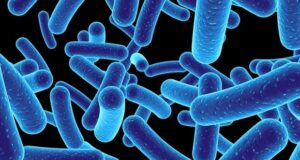
In a finding with implications for one of the most promising cutting-edge medical treatments, researchers evaluated several measurement techniques commonly used in gene therapy. The study determined that one of the most popular techniques was “problematic” and requires further development and standardization.
In gene therapy, a person’s faulty genes are either replaced or modified to treat or prevent disease. With roughly two dozen products on the market and hundreds of clinical trials in progress or planned, the treatment is hailed as a revolutionary method for targeting the root genetic causes of diseases ranging from sickle cell to cancer.
Some gene therapy treatments use modified adeno-associated viruses (AAVs) to deliver therapeutic genetic material into a patient’s cells. These AAVs are engineered to target specific cell types. Then their infectious genetic material is replaced with the therapeutic genetic material, and they are administered to the patient.
Correctly measuring AAV vectors, as they are called, is critical to their safety and efficacy.
In a recently released study, researchers at the National Institute of Standards and Technology, the National Institute for Innovation in Manufacturing Biopharmaceuticals (NIIMBL), and the U.S. Pharmacopeia (USP) recruited six industry labs in the United States and Europe to measure sample AAV vectors.
The labs were asked to quantify the concentration of genetic material and viral particles in the vectors. They used four measurement techniques and reported their results back to the study’s authors.
Of the four measurement methods deployed, polymerase chain reaction-enzyme-linked immunosorbent assay (PCR-ELISA) had the lowest accuracy and precision. By accuracy, researchers mean how close the measurement is to the correct value. Precision refers to whether the method produces consistently similar results.
PCR-ELISA’s imprecision led the study’s authors to conclude that the method had “poor reproducibility.” Its results could not be reliably replicated both within the same lab and at different labs.
The method “should not be used for quantitative [measurements of AAV vectors] without further method development and harmonization,” they added.
PCR-ELISA is actually two separate tools combined into one. PCR is used to quantify genetic material, and ELISA measures the proteins that make up the viral shell. Both tests have been around for decades, and there are dozens of versions of each currently sold on the market.
As a result, there are subtle but important differences in the ways PCR-ELISA is manufactured and used, NIST chemical engineer Wyatt N. Vreeland said. Everyone may think they are doing the same thing when conducting a PCR-ELISA test, he said, but they often aren’t.
It’s like a recipe for the same chocolate cake. You can give someone the same ingredients, but when you use different equipment to make them or bake them in different ovens, the cakes don’t turn out the same.”
Wyatt N. Vreeland, principal investigator on the study
Here’s what the study found about the other three methods:
- SEC-MALS (size exclusion chromatography with multi-angle light scattering and tandem UV/Vis and/or refractive index) was the most accurate and precise of the methods tested.
- SV-AUC (sedimentation velocity-analytical ultracentrifugation) with UV/Vis and/or Rayleigh interference optics was less accurate and precise than SEC-MALS, which surprised the researchers since SV-AUC is considered the “gold standard” for AAV vector measurement. However, SV-AUC was better than SEC-MALS in creating a detailed “map” of the distribution of the genetic and viral particles in the AAV vector. The study suggested that “SEC-MALS could be implemented as a general method with [SV-AUC] being used for more complete analysis as necessary.”
- A260/A280 dual wavelength ultraviolet spectrophotometry, which measures the absorption of ultraviolet light by a sample, has significant limitations compared with other methods. It cannot distinguish between partially filled or overfilled AAV vectors. Additionally, AAV protein particles are too large for the equipment to handle without producing errors. These issues with spectrophotometry are well documented, and the technique is generally not relied upon for highly accurate measurements.
The study did not draw conclusions about past, ongoing or future gene therapy research that relied upon these methods for measuring AAV vectors. It also did not make any policy or regulatory recommendations.
In future work, researchers at NIST, USP and NIIMBL, a NIST-supported public-private partnership to support biopharmaceutical manufacturing, plan to develop standard operating procedures (SOPs) for the SV-AUC. SOPs are a detailed, written set of instructions for a specific technology or methodology. The scientists believe having widely accepted SOPs for SV-AUC will improve its reproducibility performance to the same level as that of SEC-MALS, for which there are already SOPs.
“All the different methods we tested have their limitations and uncertainties,” said Vreeland. “What’s important is that you understand what your measurement technique can and cannot tell you.”
Source:
Journal reference:
Lehman, S. E., et al. (2024). Interlaboratory Measurement of Adeno-Associated Virus: Comparative Quantification of Full and Empty Capsids. Human Gene Therapy. doi.org/10.1089/hum.2024.124.



